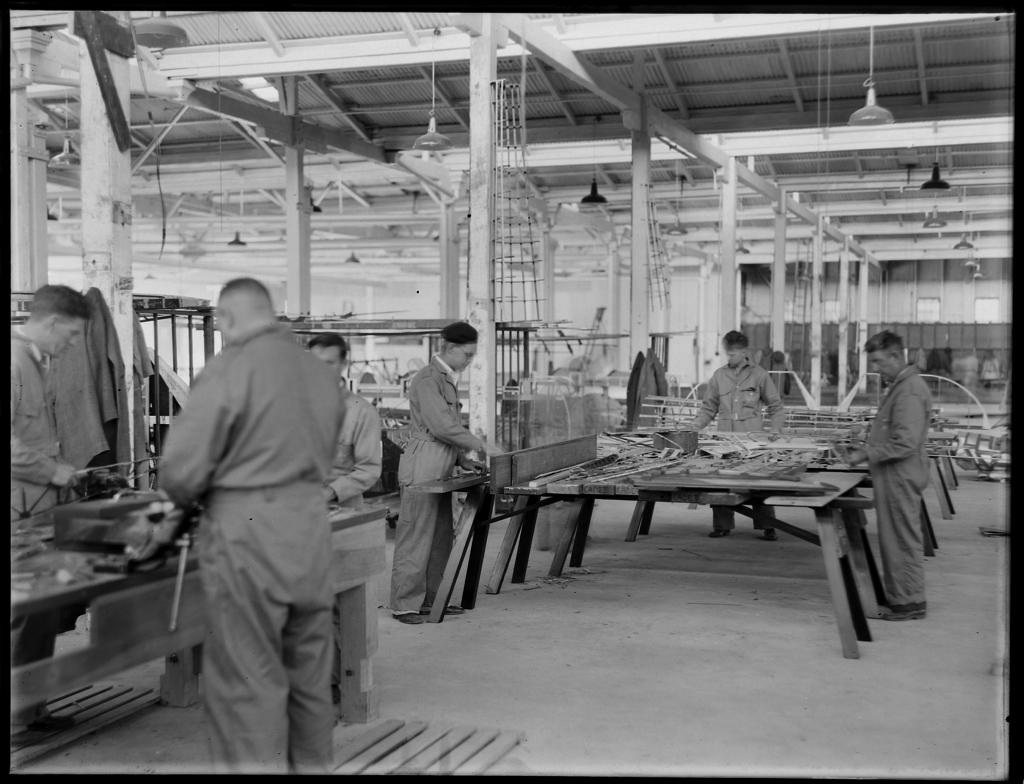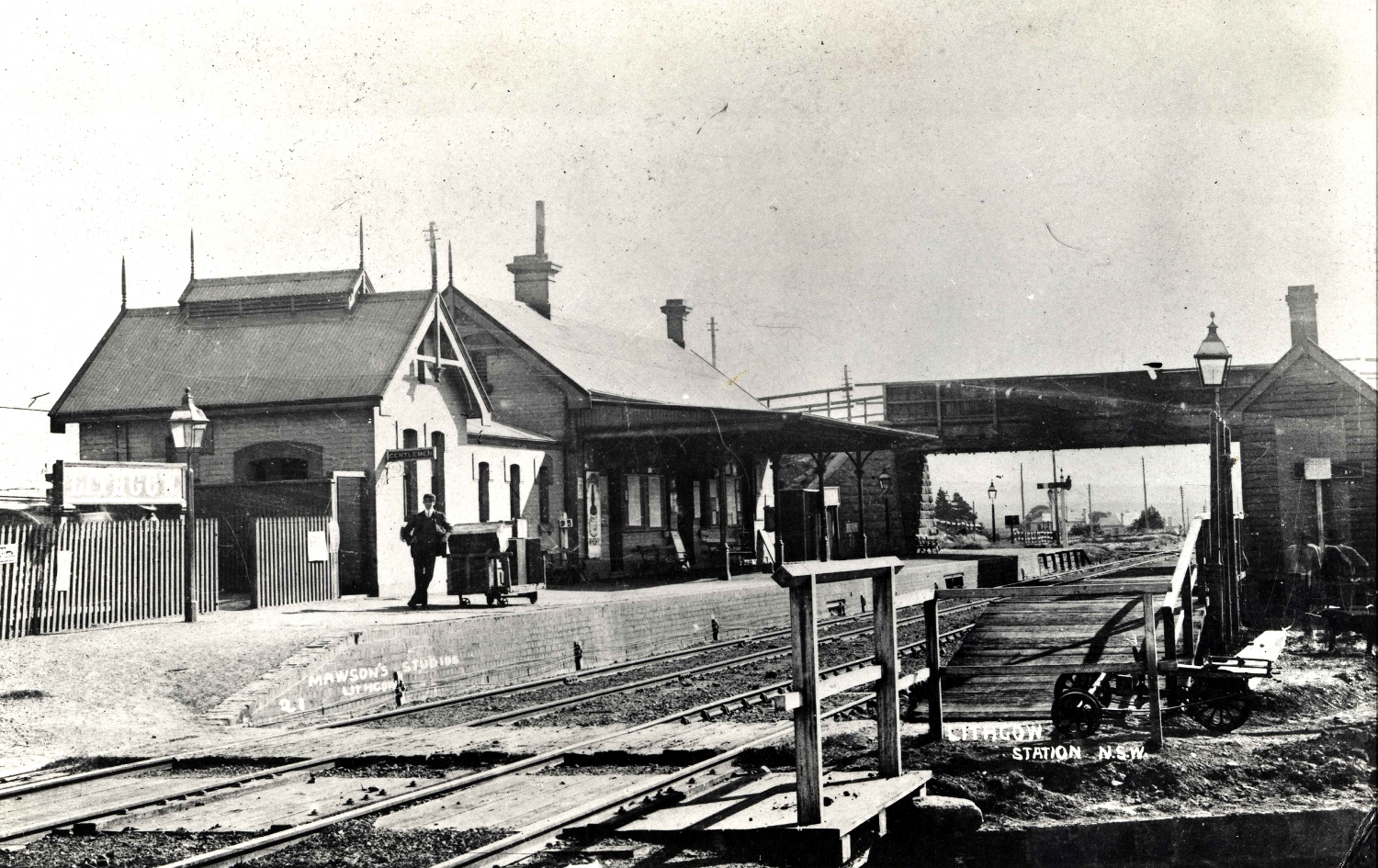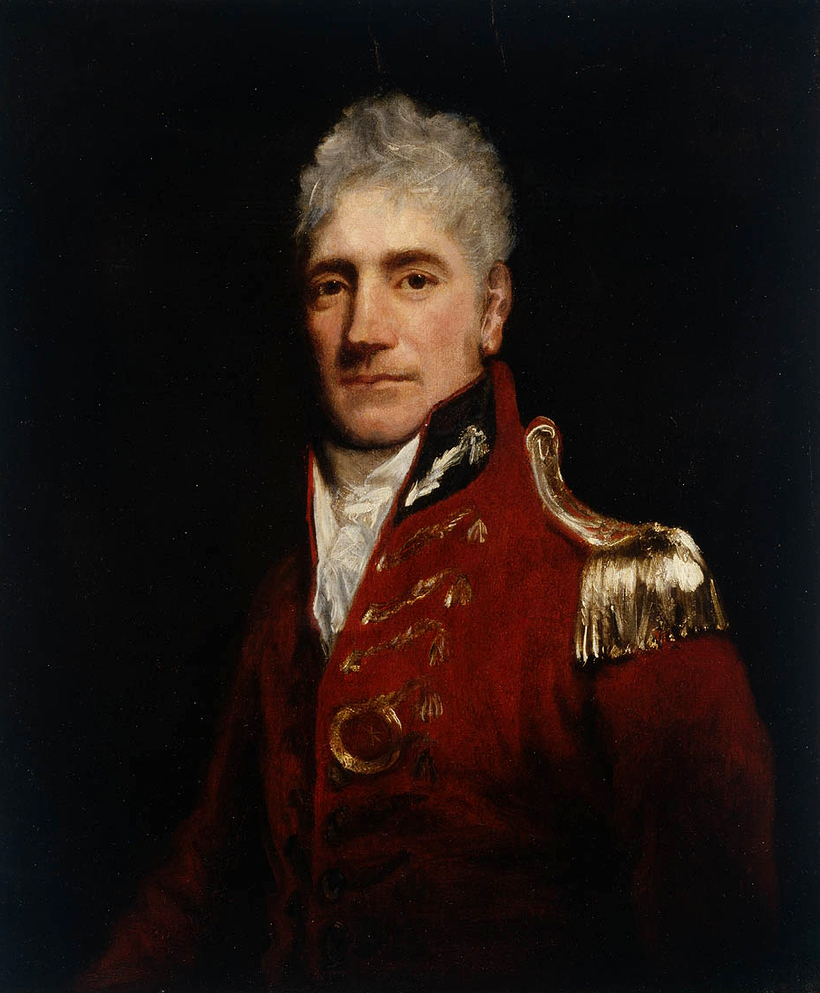|
Bathurst Railway Station, New South Wales
Bathurst railway station is a heritage-listed railway station at Havannah Street, Bathurst, Bathurst Region, New South Wales, Australia. It is situated on the Main Western line and serves the city of Bathurst. It was added to the New South Wales State Heritage Register on 2 April 1999. History Bathurst station opened on 4 April 1876 when the Great Western Railway (now the Main Western line) was extended from Kelso. It was opened by the Governor of New South Wales, Hercules Robinson.Bathurst Railway Precinct NSW Environment & Heritage The station building, goods shed, divisional engineer's office and station-master's residence were all completed in 1876. The station served as the terminus of the line until extended to [...More Info...] [...Related Items...] OR: [Wikipedia] [Google] [Baidu] |
Bathurst, New South Wales
Bathurst () is a city in the Central Tablelands of New South Wales, Australia. Bathurst is about 200 kilometres (120 mi) west-northwest of Sydney and is the seat of the Bathurst Regional Council. Bathurst is the oldest inland settlement in Australia and had a population of 37,191 Estimated resident population, 30 June 2019. in June 2019. Bathurst is often referred to as the Gold Country as it was the site of the first gold discovery and where the first gold rush occurred in Australia. Today education, tourism and manufacturing drive the economy. The internationally known racetrack Mount Panorama is a landmark of the city. Bathurst has a historic city centre with many ornate buildings remaining from the New South Wales gold rush in the mid to late 19th century. The median age of the city's population is 35 years; which is particularly young for a regional centre (the state median is 38), and is related to the large education sector in the community. The city has had a moder ... [...More Info...] [...Related Items...] OR: [Wikipedia] [Google] [Baidu] |
Singleton, New South Wales
Singleton is a town on the banks of the Hunter River in New South Wales, Australia. Singleton is 197 km (89 mi) north-north-west of Sydney, and 70 km (43 mi) north-west of Newcastle. At June 2018, Singleton had an urban population of 16,346. Estimated resident population, 30 June 2018. Singleton's main urban area includes the town centre, Singleton Heights, Dunolly, Darlington, The Retreat, Wattle Ponds and Hunterview. Surrounding rural villages include Broke, Camberwell, Jerrys Plains, Goorangoola/Greenlands, Belford and Lower Belford. Singleton is located on the north-eastern part of the geological structure known as the Sydney basin, which borders the New England region. History The traditional landowners of the land around what is now Singleton are the Wonnarua / Wanaruah people. The Wonnarua / Wanaruah people have occupied the land in the Upper Hunter Valley for over 30,000 years. Singleton was established in the 1820s. In its early years, it ... [...More Info...] [...Related Items...] OR: [Wikipedia] [Google] [Baidu] |
Clyde Engineering
Clyde Engineering was an Australian manufacturer of locomotives, rolling stock, and other industrial products. It was founded in September 1898 by a syndicate of Sydney businessmen buying the Granville factory of timber merchants Hudson Brothers. The company won contracts for railway rolling stock, a sewerage system, trams and agricultural machinery. In 1907 it won its first contract for steam locomotives for the New South Wales Government Railways. By 1923 it had 2,200 employees. After contracting during the depression it became a major supplier of munitions during World War II. In 1950 it was awarded the first of many contracts for diesel locomotives by the Commonwealth Railways after it was appointed the Australian licensee for Electro-Motive Diesel products. Apart from building locomotives and rolling stock, Clyde Engineering diversified into telephone and industrial electronic equipment, machine tools, domestic aluminium ware, road making and earth making equipme ... [...More Info...] [...Related Items...] OR: [Wikipedia] [Google] [Baidu] |
Lithgow Railway Station
Lithgow railway station is a heritage-listed former station master's residence and railway station and now guest accommodation and railway station located on the Main Western line at Railway Parade, Lithgow, City of Lithgow, New South Wales, Australia. It was designed and built by New South Wales Government Railways and built from 1924 to 1925. It is also known as Lithgow Railway Station Group and Residence and Eskbank East. The property was added to the New South Wales State Heritage Register on 30 August 2013. The station has frequent NSW TrainLink services running to and from Sydney Central. History With the completion of the Lithgow Zig Zag in 1869, the Western railway's terminus moved from to Bowenfels, signifying the successful crossing of the Blue Mountains. Whilst the railway would continue west, Lithgow proved to be an important destination in itself due to coal and iron ore deposits. The line opened in 1869 but there was no station for Lithgow until 1877. The firs ... [...More Info...] [...Related Items...] OR: [Wikipedia] [Google] [Baidu] |
Australian Federated Union Of Locomotive Enginemen
The Australian Federated Union of Locomotive Employees (AFULE) is an Australian trade union representing railway workers. It was formerly a national union which largely merged into the Australian Rail Tram and Bus Industry Union in 1992; however, the Queensland division continued as a separate union active only in that state. It was first registered in February 1921 as the Australian Federated Union of Locomotive Enginemen, representing an estimated 15,000 locomotive enginemen across Australia. Arthur Drakeford became the union's first federal secretary. The union had applied in September 1920, but had its registration delayed due to a legal dispute with the Federated Engine Drivers and Firemens Association of Australasia. The single national union replaced the Federated Railway Locomotive Enginemens’ Association of Australia, formed in 1899, which had linked state unions in Victoria, New South Wales, South Australia and Queensland without formally coming together as one federa ... [...More Info...] [...Related Items...] OR: [Wikipedia] [Google] [Baidu] |
Division Of Macquarie
The Division of Macquarie is an Australian electoral division in the state of New South Wales. The division was created in 1900 and was one of the original 65 divisions contested at the first federal election. It is named for Lachlan Macquarie, who was Governor of New South Wales between 1810 and 1821. The division is located to the west of Sydney, and today it covers a large part of the Blue Mountains, as well as the Hawkesbury region on Sydney's western fringe. The current Member for Macquarie, since the 2016 federal election, is Susan Templeman, a member of the Australian Labor Party. In 2019, Macquarie was the most marginal seat in the country, held by a 0.19% margin on the 2PP. However, in 2022 the Labor margin expanded to a comfortable 7.6%. Geography Since 1984, federal electoral division boundaries in Australia have been determined at redistributions by a redistribution committee appointed by the Australian Electoral Commission. Redistributions occur for th ... [...More Info...] [...Related Items...] OR: [Wikipedia] [Google] [Baidu] |
New South Wales Government Railways
The New South Wales Government Railways (NSWGR) was the agency of the Government of New South Wales that administered rail transport in New South Wales, Australia, between 1855 and 1932. Management The agency was managed by a range of different commission structures between 1857 and 1932, which reported to either the Minister for Public Works or the Minister for Transport. The inaugural Chief Commissioner was Ben Martindale and, following the enactment of the he became Commissioner of Railways. John Rae succeeded Martindale in 1861, and in 1877 Charles Goodchap was appointed Commissioner. The set up a corporate body of three railway commissioners to manage the railways and remove them from political influence, resulting in the resignation of Goodchap. This Board of Railway Commissioners of New South Wales was in place from 22 October 1888 to 4 April 1907, and was replaced by a sole Chief Commissioner of Railways and Tramways until 22 March 1932, when a panel arrangement w ... [...More Info...] [...Related Items...] OR: [Wikipedia] [Google] [Baidu] |
Prime Minister Of Australia
The prime minister of Australia is the head of government of the Commonwealth of Australia. The prime minister heads the executive branch of the federal government of Australia and is also accountable to federal parliament under the principles of responsible government. The current prime minister is Anthony Albanese of the Australian Labor Party, who became prime minister on 23 May 2022. Formally appointed by the governor-general, the role and duties of the prime minister are not described by the Australian constitution but rather defined by constitutional convention deriving from the Westminster system. To become prime minister, a politician should be able to command the confidence of the House of Representatives. As such, the prime minister is typically the leader of the majority party or coalition. Prime ministers do not have a set duration or number of terms, but an individual's term generally ends when their political party loses a federal election, or they los ... [...More Info...] [...Related Items...] OR: [Wikipedia] [Google] [Baidu] |
Ben Chifley
Joseph Benedict Chifley (; 22 September 1885 – 13 June 1951) was an Australian politician who served as the 16th prime minister of Australia from 1945 to 1949. He held office as the leader of the Australian Labor Party (ALP) from 1945, following the death of John Curtin on 5 July, until his own death in 1951. Chifley was born in Bathurst, New South Wales, and joined the New South Wales Government Railways after leaving school, eventually qualifying as an engine driver. He was prominent in the trade union movement before entering politics, and was also a director of ''The National Advocate''. After several previous unsuccessful candidacies, Chifley was elected to parliament in the 1928 Australian federal election. In 1931, he was appointed Minister for Defence in the government of James Scullin. He served in cabinet for less than a year before losing his seat at the 1931 Australian federal election, which saw the government suffer a wipeout loss. After his electoral defea ... [...More Info...] [...Related Items...] OR: [Wikipedia] [Google] [Baidu] |
Tumulla Railway Station
Tumulla was a crossing loop part way up the steep Tumulla Bank on the Main Western railway line in New South Wales, Australia. Overview The loop opened in 1910, and was signalled for Up and Down Working. The loop was about 400m long. Because of the steep grades, there was a safety siding at the down hill end of the up loop in case of runaways. There was also a catchpoint at the down hill end of the down loop. The loop was closed around 1990. Adjacent stations * Georges Plains * Wimbledon See also * Railway stations in New South Wales * Passing loop A passing loop (UK usage) or passing siding (North America) (also called a crossing loop, crossing place, refuge loop or, colloquially, a hole) is a place on a single line railway or tramway, often located at or near a station, where trains or ... References Disused regional railway stations in New South Wales Railway stations in Australia opened in 1910 Railway stations closed in 1990 Railway stations in Australi ... [...More Info...] [...Related Items...] OR: [Wikipedia] [Google] [Baidu] |
Bank Engine
A bank engine (United Kingdom/Australia) (colloquially a banker), banking engine, helper engine or pusher engine (North America) is a railway locomotive that temporarily assists a train that requires additional power or traction to climb a gradient (or ''bank''). Helpers/bankers are most commonly found in mountain divisions (called "helper districts" in the United States), where the ruling grade may demand the use of substantially greater motive power than that required for other grades within the division. Historic practice Helpers/bankers were most widely used during the age of steam, especially in the American West, where significant grades are common and trains are long. The development of advanced braking systems and diesel-electric or electric locomotives has eliminated the everyday need for bankers/helpers in all but a few locations. With the advent of dynamic brakes on electric or diesel-electric locomotives, helpers/bankers can also be used to provide more braking ... [...More Info...] [...Related Items...] OR: [Wikipedia] [Google] [Baidu] |







